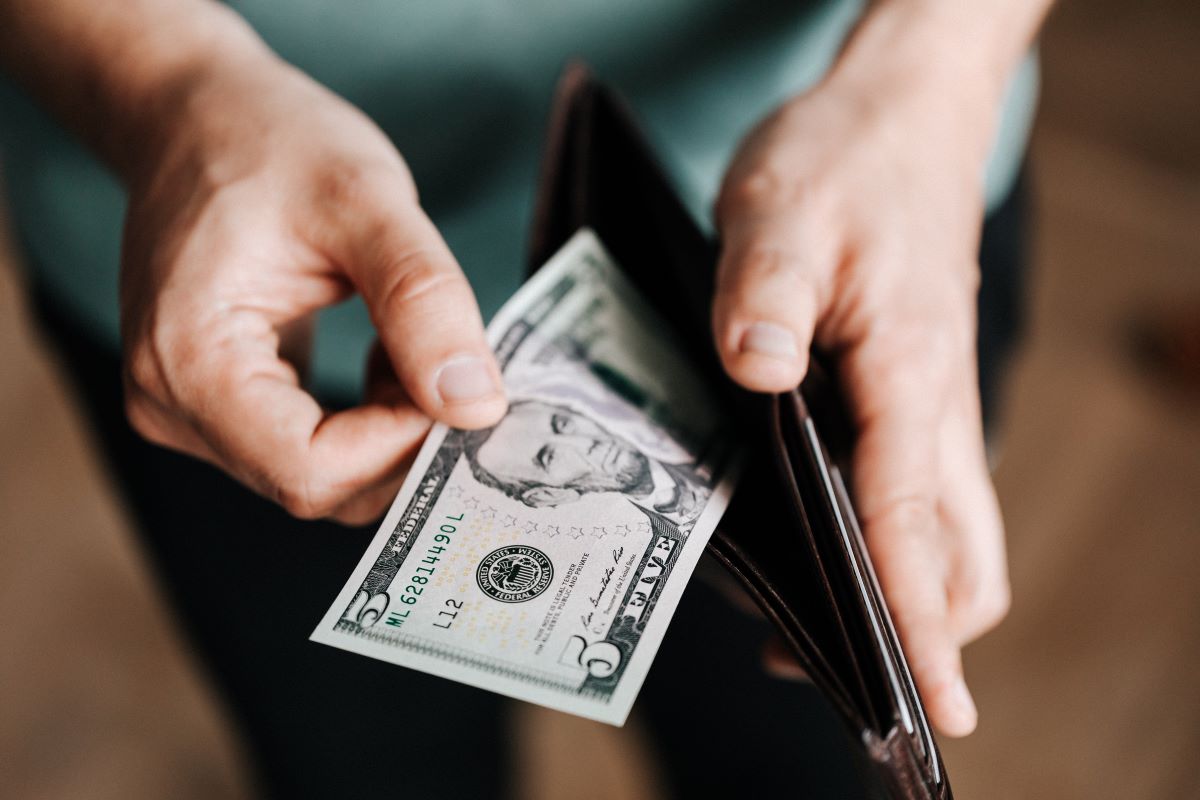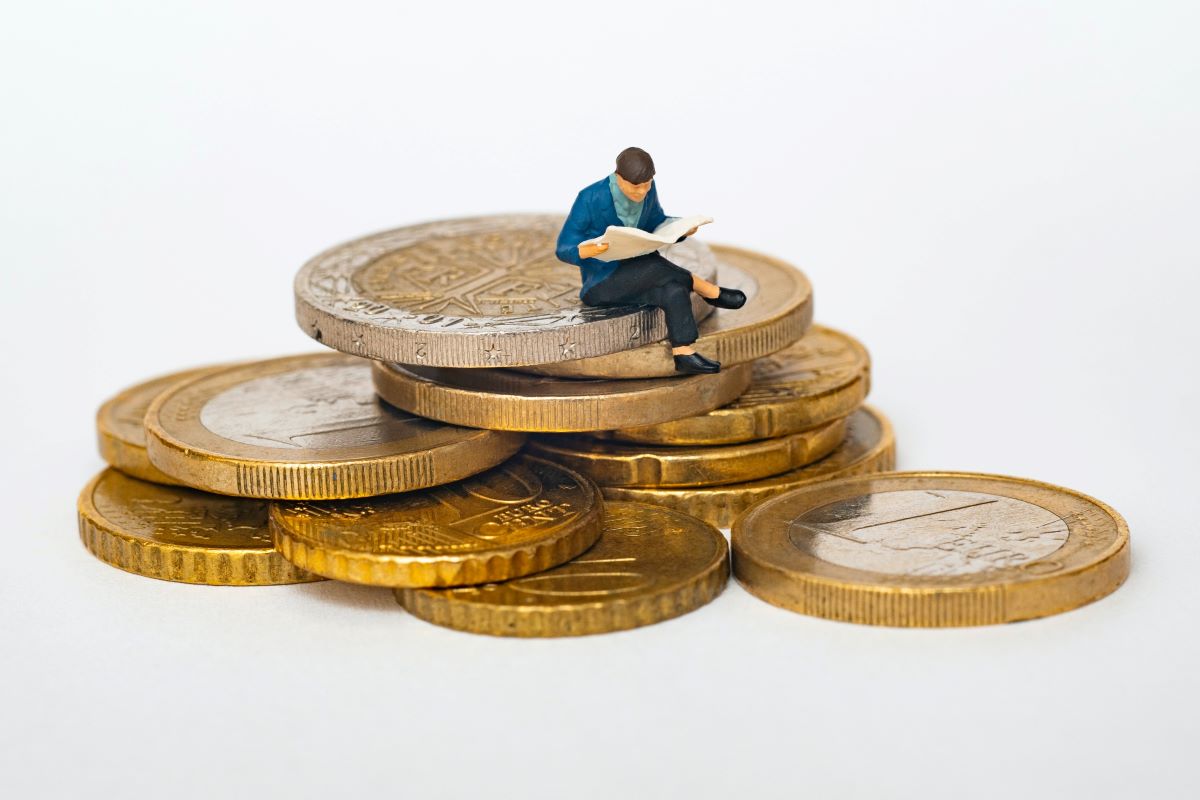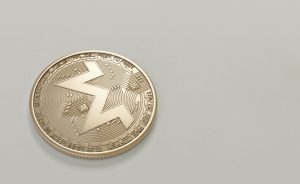What Are the Learnings You Can Refer to From Crypto Crashes?

You should also use this section to engage your audience with a question or statement that will make them want to read more.
The best way to write an introduction is by starting with a story, which can be something you’re familiar with or something you’ve read about in other articles. Once you have that story down, think about how it relates to what you’re trying to say in your piece: how does that story help explain why crypto markets are volatile?
What are Crypto Crashes?
Crypto Crashes are a normal part of the market, and they’re a good thing. These crashes happen when the price of crypto drops significantly below its average price. Crypto Crashes allow you to buy more at a lower price on the cryptocurrency exchange than you would have paid if you weren’t able to capitalize on their opportunity.
Crypto Crashes can be confusing because they don’t follow any kind of pattern or logic, but they can also be used as learning opportunities. If you understand why these crashes happen, then it will help you make better decisions when buying or selling cryptocurrency in future situations where things might get unstable in your portfolio.
Prepare for the Worst
- Prepare for the worst.
- Make sure you have a risk management plan in place.
- Have a plan for what to do if the market crashes, or if it goes up or down by 50%.
- Know your risk tolerance and make sure this is reflected in your portfolio choices: If you can ride out a bear market for six months, maybe consider holding more of your assets in BTC than ETH—but if you’re not willing to do that, then don’t invest any money at all!
Have a plan for how you will react if things go wrong:
- Do you want to sell everything immediately?
- Take profits off the table?
- Or ride out the storm while hoping things get better?
It’s totally up to each investor how they want their portfolio to behave during these situations. However, they must know how best-suited their unique personality is towards handling them before making any decisions about their investments at all.
Don’t Panic
It’s tempting to sell your crypto when its value is low, especially if you bought it at a peak and you’ve lost money. But don’t panic.
If you’re thinking about selling all of your cryptocurrency, or any of it, wait until the market starts to recover. If there’s a crash, chances are good that it will recover eventually.
Even if there’s no recovery in sight, we suggest not selling all at once. That way, when the price begins to rise again (which we think it will), you’ll have some coins leftover that didn’t get sold during the crash!
Also, keep in mind: Selling now might mean missing out on future profits down the road. It is especially if things turn around quickly as they did after last year’s big correction.
Learn to Analyze Past Trends
In analyzing past trends, it is crucial to have a good understanding of what has happened in the past and why. Once you have this information, you can make predictions about what might happen next.
The best way to learn from past mistakes is by analyzing historical data for patterns. For example, if someone had invested in bitcoin at the beginning of its boom and sold when it dropped significantly (as many people did), they would have lost out on huge gains later on when the cryptocurrency started rising again.
This is because they didn’t understand how volatile cryptocurrencies could be or how they fluctuated over time.
You want to predict future trends based on historical data analysis. You can use Excel’s Sparklines feature or equivalent tools that allow you to quickly see how something has changed over some time. It is without having to manually enter all of your numbers every month/year/day into an Excel spreadsheet (or whatever tool works best for your needs).
Observe and Learn Patience
The most important lesson to take away is that volatility is normal. It’s easy to panic and makes rash decisions when the market turns against you. However, it’s important to remember that these things can happen—and they often do.
The best thing you can do is stick to your strategy and keep an eye on long-term trends, knowing that eventually, the bear market will end, just like all of those before it has.
Don’t get greedy! If an investment gives you a good return in one year but then declines by 50% in two years, then what is its actual ROI? You may have made money in one year but lost half of it by the time two years had passed. Like everything else in life: patience pays off.
Be Calm, Be Patient
When the price of crypto crashes, it is important to be patient and not panic. Do not sell your crypto because you think you will lose money on it. It is also a good idea to follow your investment plan and know what you are investing in.
The market has changed from when it started and now that more people are trying to make money from the market, there could be a lot of manipulation going on, especially by those who have huge amounts invested in this space.
So if you see something happening in the market or if something doesn’t look right, take some time before making any decisions about your investments.
Conclusion
It’s time to wrap up this article with a few key learnings. The following are some of the most important ones:
Be prepared for the worst and don’t panic when you see your favorite coin falling sharply.
When you’re in love with your investments, it can be hard to maintain composure during market crashes. However, if you take a deep breath and remain calm, you’ll be able to analyze past trends and consider potential causes for price fluctuations more clearly—and that will help you make better decisions in the future.




